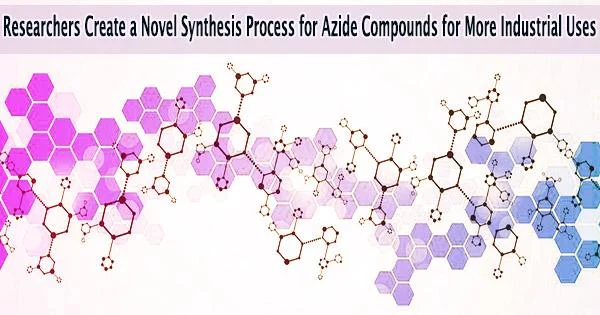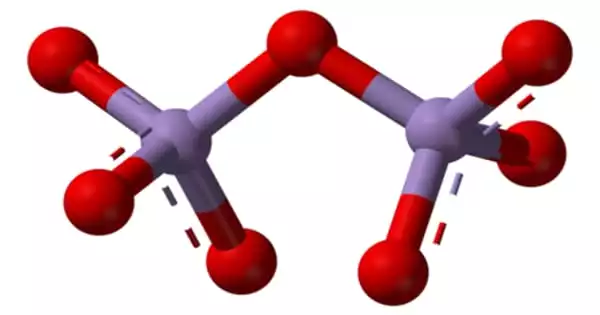The following synthesis of organonitrogens, such as amines and triazoles, which are crucial substances in organic and materials science, depends heavily on azode molecules. The ‘click’ reaction, which can be used to make triazoles, has garnered interest in the pharmaceutical and other industries.
Organonitrogen compounds are organic compounds that contain nitrogen atoms bonded to carbon atoms. Nitrogen is an essential element in organic chemistry, and it can form various types of bonds with carbon, resulting in a wide range of organonitrogen compounds.
The azido groups, however, are electrophilic and open to different nucleophiles, including carbanions. This poses a significant challenge for the synthesis of carbanions having azido groups.
To this end, a team of researchers from Japan, led by Associate Professor Suguru Yoshida from Tokyo University of Science (TUS), has now developed an innovative and efficient azide synthesis method.
In their recent article published in the journal Frontiers in Chemistry, Dr. Yoshida and his colleagues Ms. Rina Namioka (TUS) and Ms. Minori Suzuki (Tokyo Medical and Dental University) have detailed an efficient method to prepare organomagnesium (organic compound containing a magnesium ion linked to a carbon) intermediates having a protected azido group. This paper was published in Volume 11 of the journal Frontiers in Chemistry.
“We conducted this research because we believe that the range of azide compounds that can be easily synthesized can be expanded by developing a synthesis method based on the azide group protection method that we discovered,” says Dr. Yoshida.
The Grignard reaction of organomagnesium compounds that were synthesized by this reaction succeeded in the synthesis of a wide range of azide compounds.
Professor Suguru Yoshida
The novelty of this synthesis method lies in protection of azido groups with di(tert-butyl)(4-(dimethylamino) phenylphosphine (Amphos) and following iodine-magnesium exchange realized the preparation of organomagnesium intermediates, which served in the synthesis of diverse azides by transformations with various electrophiles followed by deprotection with elemental sulfur.
The authors of this work discovered a novel approach for the synthesis of azides using the Grignard reaction and created a novel technique for the synthesis of 1,2,3-triazoles.
By employing their newly invented “azide group protection method,” the researchers discovered that the iodine-magnesium exchange reaction proceeds effectively with aryl iodides possessing azido groups.
Speaking about the underlying mechanism that enabled the researchers to achieve this novel azide synthesis method, Dr. Yoshida recalls, “The Grignard reaction of organomagnesium compounds that were synthesized by this reaction succeeded in the synthesis of a wide range of azide compounds.”
The synthesis of 1,2,3-triazoles in click chemistry relies heavily on azide compounds, therefore this method is anticipated to help accelerate the production of pharmaceuticals and other key commercial items.
“Our lab is currently conducting research on the preparation and transformation of carbanions with phosphazide moieties to expand the toolbox of such compounds,” notes an optimistic Dr. Yoshida.
The communities of synthetic organic chemistry, pharmaceutical sciences, and materials chemistry would greatly benefit from the smooth, effective synthesis of azides, which will then make it easier to synthesize a wide variety of organonitrogen compounds, including amines and triazoles.
















